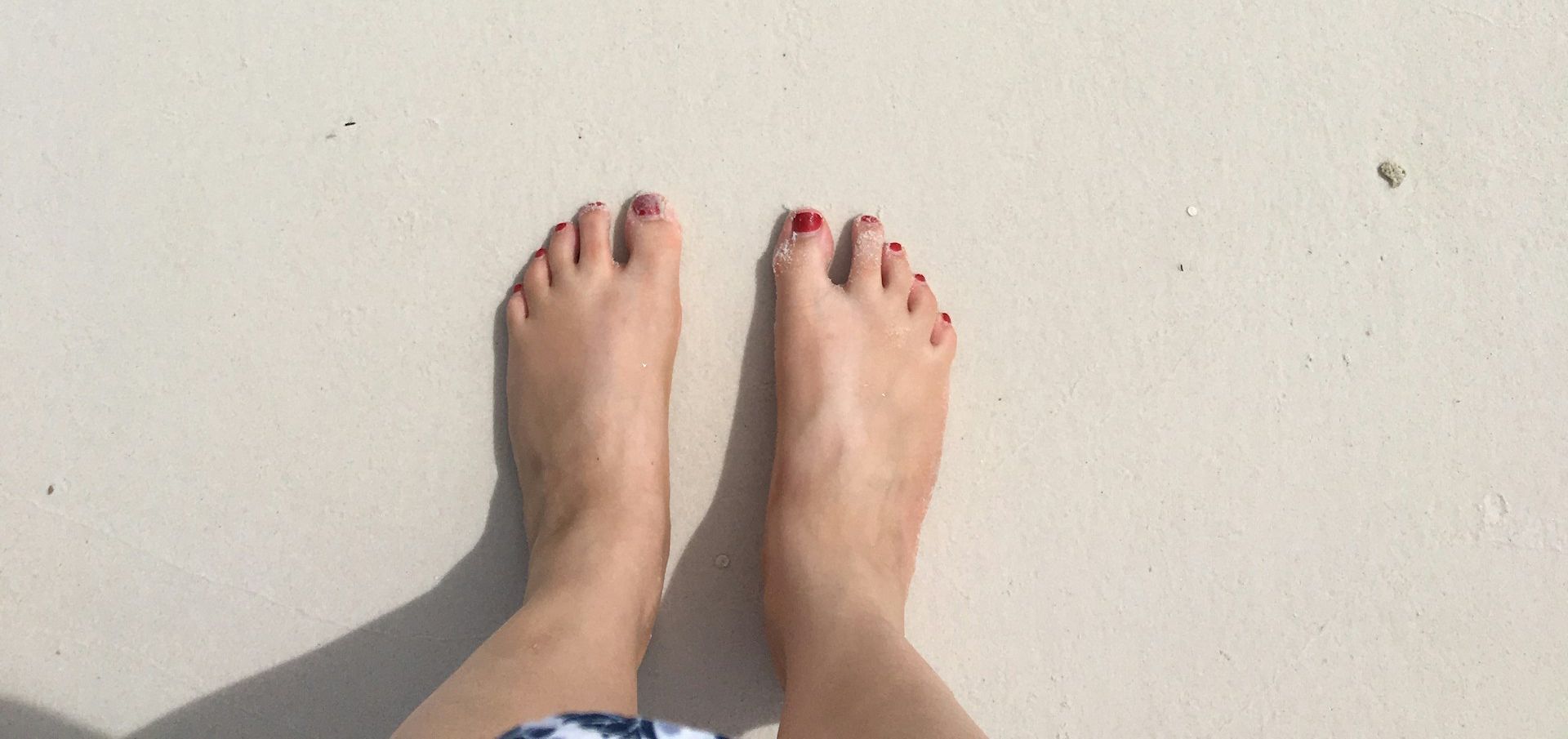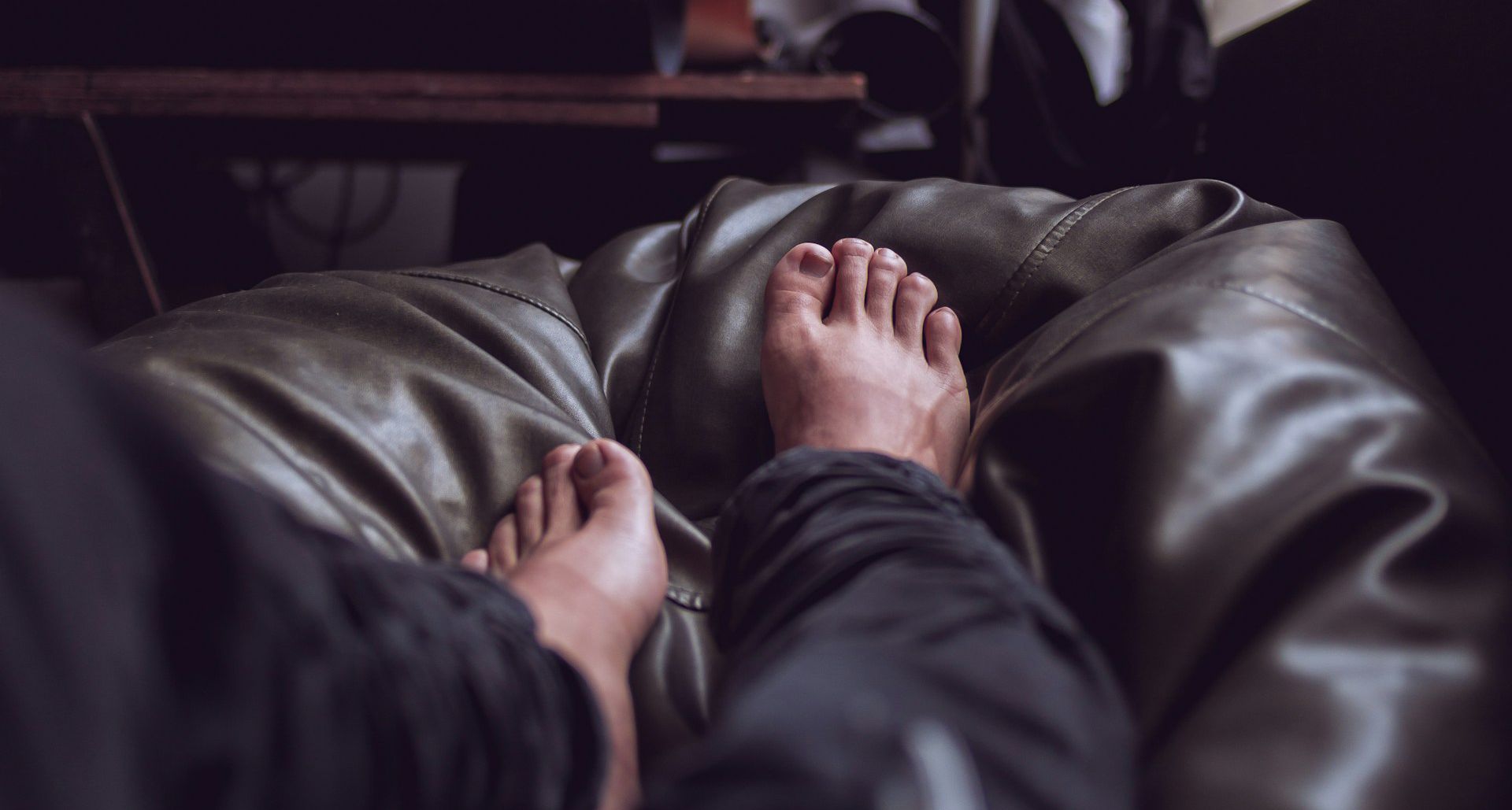Parkinson’s disease is often associated with its most recognizable symptoms, such as tremors, slowness of movement, and rigidity. However, there are several other symptoms that individuals living with Parkinson’s experience, and one of these is dystonia.
Dystonia, a movement disorder, can manifest in various body parts. However, one lesser-known form affects the feet, specifically the toes. Toe cramps can be troubling and painful for Parkinson’s patients. This raises a common question: Why do toes cramp and get stuck?
Understanding the connection between toe cramping and curling and Parkinson’s dystonia is crucial in finding ways to alleviate this discomfort.
What is Dystonia?
Dystonia is a neurological condition characterized by involuntary muscle contractions that lead to abnormal postures or twisting movements. These contractions can be either intermittent or sustained and can affect one or multiple parts of the body. In individuals with Parkinson’s disease, dystonia often presents as toe cramps or cramping in other areas, such as the hands, neck, or jaw.
Dystonia is caused by the malfunction of specific brain circuits that control movement. Parkinson’s disease typically results from an imbalance in dopamine levels, the neurotransmitter responsible for smooth, controlled movement. When dopamine levels drop, motor symptoms like dystonia emerge.
Toe Cramps and Parkinson’s Disease
One of the more painful and frustrating forms of dystonia that Parkinson’s patients experience is toe cramping and curling. Many people with Parkinson’s disease may notice that their toes suddenly cramp, curl, or even become “stuck” in awkward positions. This can cause significant discomfort and hinder mobility.
For those dealing with Parkinson’s, the question, “Why do my toes cramp and get stuck?” is common. The answer lies in the same mechanisms that cause other Parkinson’s symptoms.
The Connection Between Parkinson’s and Toe Cramps
Toe cramps, also known as foot dystonia, are caused by the same imbalance of neurotransmitters responsible for other motor symptoms in Parkinson’s. When dopamine is lacking, the muscles in the feet and toes may contract involuntarily, resulting in intense cramping sensations. For some, the toes curl inward uncontrollably, making walking and standing difficult. Cramping and curling can occur daily or sporadically. For many, it’s a debilitating aspect of Parkinson’s Disease.
Though the exact cause of dystonia in Parkinson’s is still being studied, it is believed that the diminished ability of dopamine to regulate muscle contractions plays a significant role. This imbalance in brain function can send incorrect signals to muscles, causing them to contract when they should be relaxed.
Why Do My Toes Cramp and Get Stuck?
When asking why my toes cramp and get stuck, it’s important to recognize that this is not just a random muscle spasm. In individuals with Parkinson’s disease, dystonia-driven toe cramps are caused by misfiring signals from the brain’s movement control center. These signals cause the muscles in the toes to contract inappropriately, leading to the discomfort experienced by many Parkinson’s patients.

The cramps can be brief or prolonged, and the toes may remain stuck in a cramped position for minutes or even hours. This condition can become particularly distressing if it occurs frequently, interrupting daily activities such as walking, exercising, or even comfortably wearing shoes. Understanding the root cause of the cramping and curling is essential for patients and caregivers in managing this symptom.
Parkinson’s Dystonia: An Overlooked Symptom
Dystonia often goes unnoticed in Parkinson’s patients, as it may not be as visibly apparent as tremors or slowness of movement. However, it is one of the most uncomfortable symptoms that patients face. Parkinson’s dystonia can significantly impact a person’s quality of life, as the pain and discomfort of toe cramping may limit physical activity and contribute to further disability.
While dystonia can affect different parts of the body, the feet are particularly vulnerable. When toe or foot cramps occur, the discomfort can lead to difficulty walking or balancing, exacerbating the challenges that Parkinson’s already presents.
Individuals with Parkinson’s may not always link their toes cramping and curling to dystonia, so recognizing this as part of the spectrum of Parkinson’s symptoms is key in addressing and treating the issue.
Managing Toe Cramps in Parkinson’s Disease
Once it’s clear that dystonia is the culprit behind toe cramping and curling, there are several ways to manage the condition. The approach to managing Parkinson’s dystonia will often involve a combination of medical treatment, physical therapy, and lifestyle changes. Here are some key strategies to consider:
1. Medication Adjustments
One of the most effective treatments for dystonia-related toe cramps is optimizing Parkinson’s medication. Since dystonia in Parkinson’s is often linked to a lack of dopamine, ensuring that the patient’s dopamine levels are as balanced as possible is crucial. Adjusting medications such as levodopa or dopamine agonists can often reduce the frequency and intensity of dystonia episodes. Discussing medication changes with a neurologist is the first step in addressing this painful symptom.
2. Physical Therapy and Stretching
Regular physical therapy and targeted stretching exercises can help alleviate muscle tension in the feet and toes. Physical therapists can guide patients through exercises designed to relax the muscles and prevent toe cramping and curling. When done correctly, stretching can ease muscle contractions and increase flexibility, reducing the chances of cramps.
3. Orthotic Devices
Custom orthotic devices or specialized footwear may relieve those struggling with dystonia-related toe cramps. These devices can help maintain proper foot alignment and reduce unnecessary muscle strain. By ensuring that the toes and feet are adequately supported, orthotics can help prevent dystonia episodes during activities like walking or standing.
4. Botox Injections
In some cases, botulinum toxin (Botox) injections may be used to treat foot dystonia. Botox temporarily paralyzes the muscles responsible for cramping, providing relief from involuntary contractions. Botox injections may offer significant improvements in comfort and mobility for patients with severe toe cramping and curling.
5. Stress Management
Stress can exacerbate dystonia symptoms in some Parkinson’s patients. Learning techniques to manage stress, such as mindfulness, relaxation exercises, or even gentle yoga, may help reduce the frequency of dystonia episodes. Addressing both the physical and emotional aspects of Parkinson’s dystonia can improve overall well-being.
Living with Parkinson’s Dystonia
While toe cramps can be painful and disruptive, there are steps that Parkinson’s patients can take to reduce the severity of their symptoms. Dystonia, while uncomfortable, is manageable with the proper treatment and interventions. Understanding why my toes cramp and get stuck is the first step in finding solutions for each individual.
By working closely with a healthcare team, patients can explore different treatments to improve their quality of life. From medication adjustments to physical therapy, various approaches are available to manage toe cramping and curling associated with Parkinson’s dystonia.
Conclusion: Finding Relief from Toe Cramps
Though toe cramping and curling can be a distressing symptom for those with Parkinson’s, effective treatments are available to alleviate discomfort. From medication changes to therapies like Botox and orthotics, patients have options to manage their symptoms and maintain mobility.
For individuals seeking relief from dystonia in Parkinson’s, working with a healthcare provider to develop a personalized plan can be life-changing. In cases where toe cramps are linked to dystonia, it’s essential to consult a doctor to explore potential treatment for Parkinson’s and improve overall quality of life.
